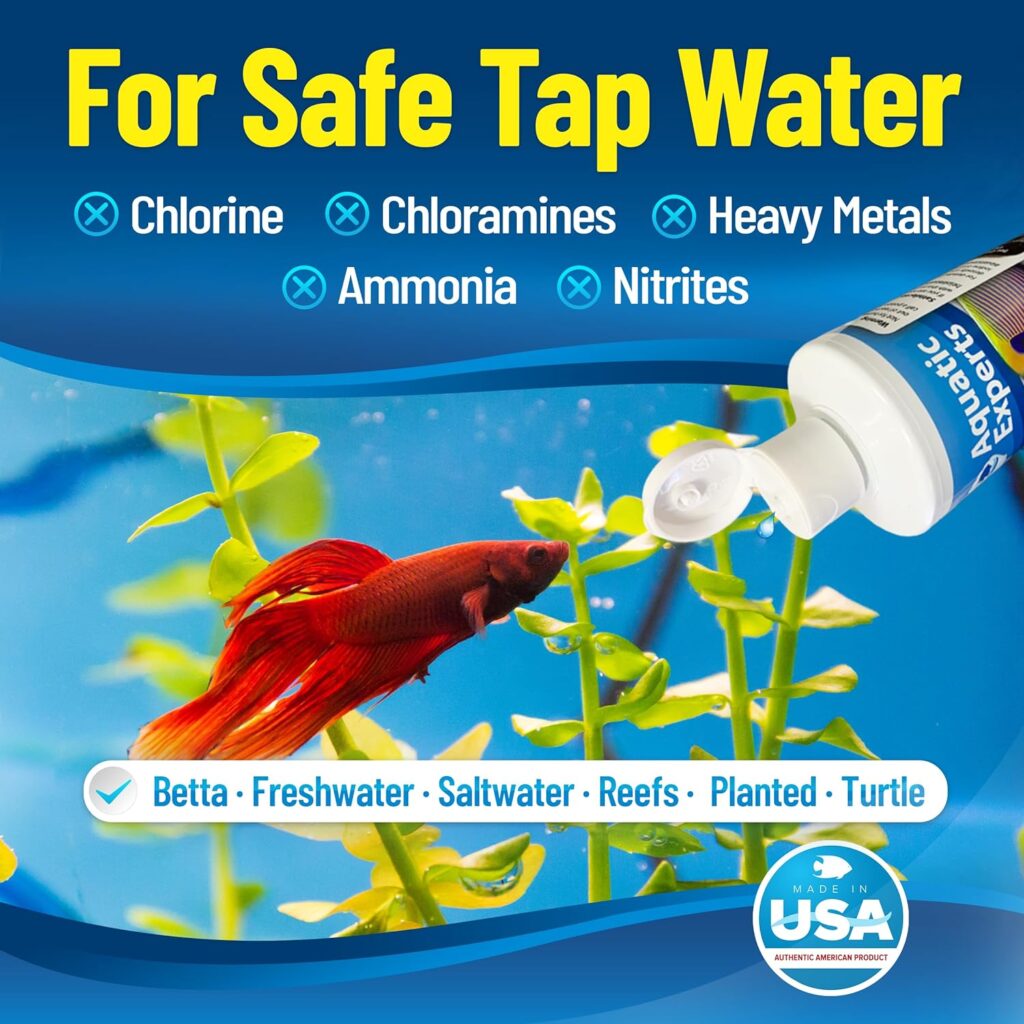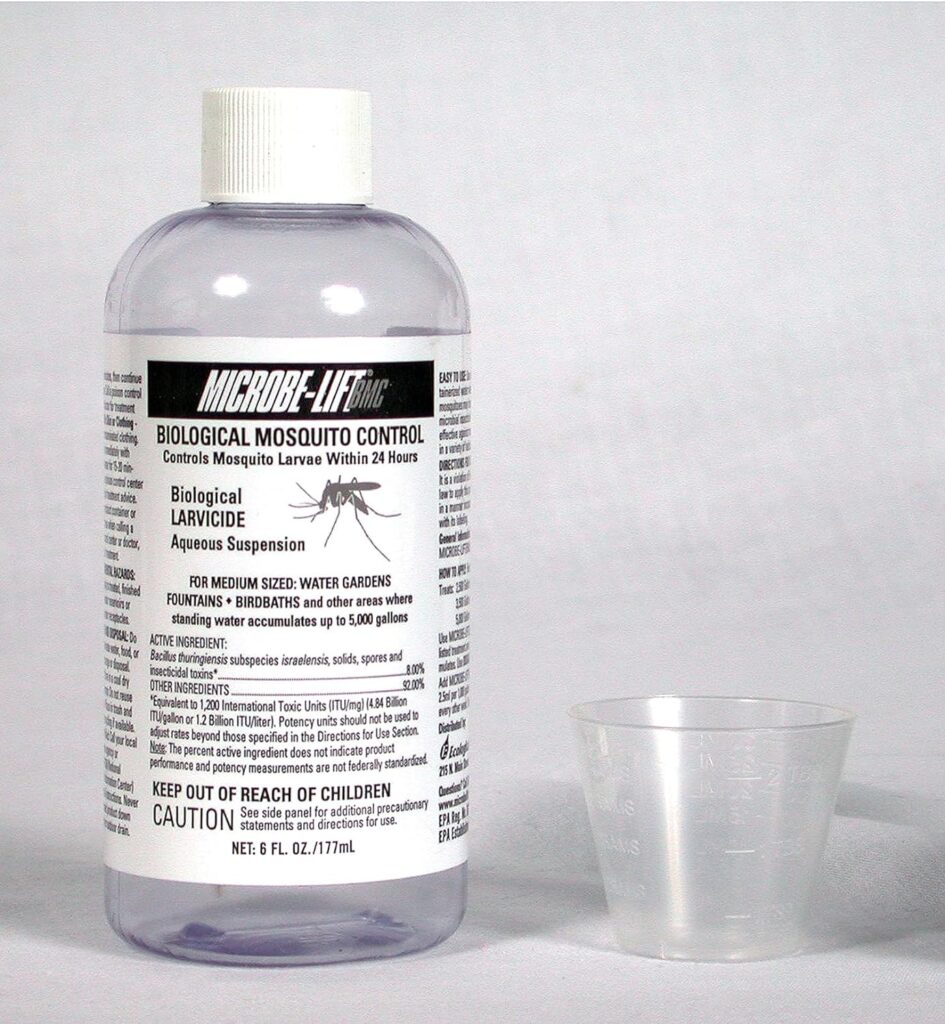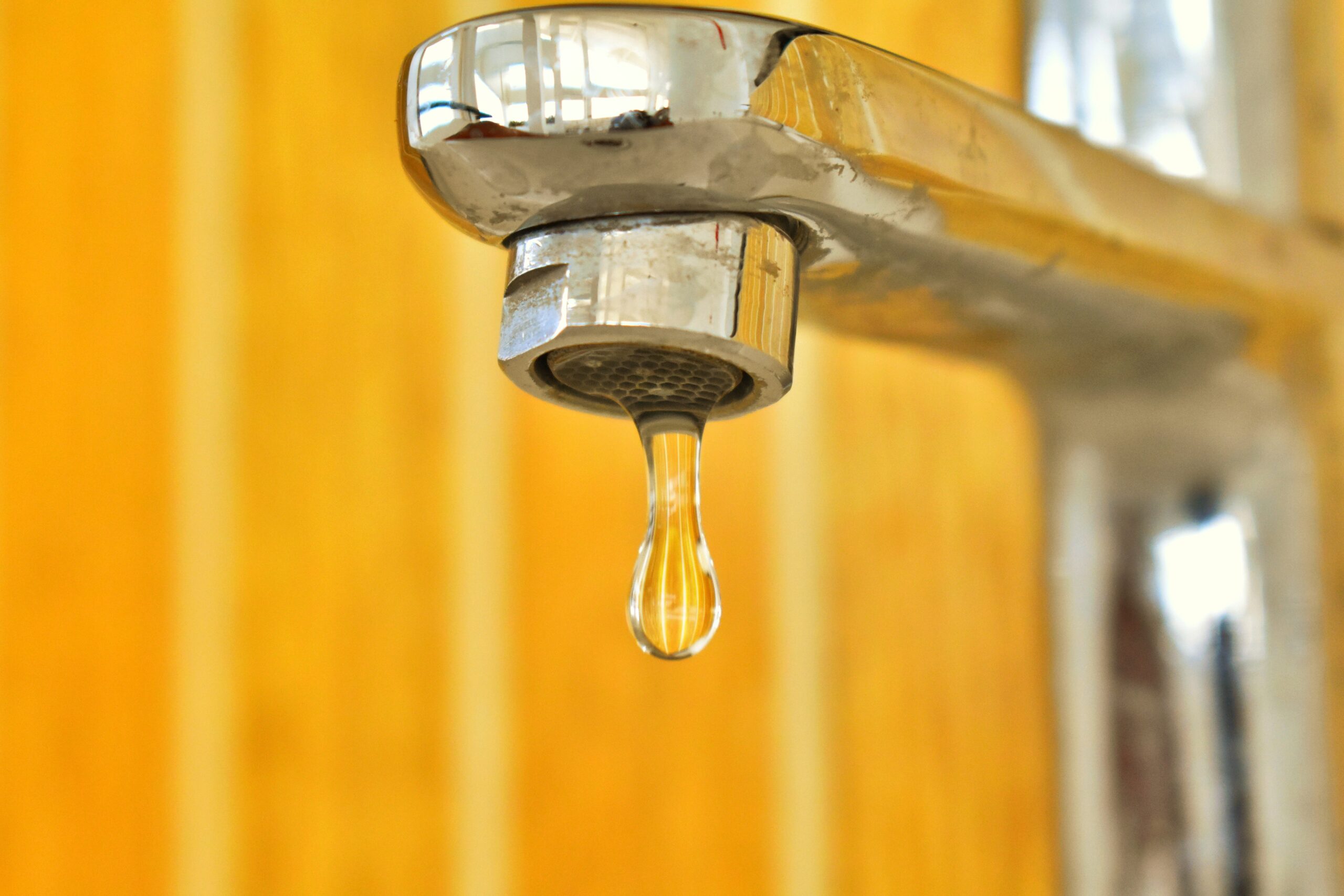Are you wondering how to keep your fish safe in their aquarium? The answer lies in water dechlorinators. They work to neutralize chlorine and chloramine in tap water to make it safe for your aquatic friends.
But, it’s important to know how much to use and how it works. In this article, we’ll provide you with the information you need to understand water dechlorinators and use them effectively in your aquarium.
What Is a Water Dechlorinator
You possess a water dechlorinator to make the water safe for your fish by neutralizing the chlorine or chloramine in treated tap water. There are two main types of dechlorinators: those containing sodium thiosulfate and those containing ammonia-removing chemicals.
The importance of using a water dechlorinator lies in its ability to make the water safe for fish by removing chlorine and chloramine. Factors to consider when choosing a water dechlorinator include the desired dosage, the type of tank, and the size of the aquarium.
Common misconceptions about water dechlorinators include the belief that they can remove all pollutants from the water, when in reality they only neutralize chlorine and chloramine. Alternatives to water dechlorinators include letting the water sit for a few days or aerating it with an air stone.
The effectiveness of water dechlorinators in removing chlorine and chloramine varies depending on the concentration of these chemicals. A water dechlorinator plays an important role in maintaining a healthy aquarium, as it can help reduce stress in fish by removing harmful chemicals.
When using a water dechlorinator, it’s important to follow the instructions on the package or test your water for chlorine levels. Not using a water dechlorinator can lead to oxygen depletion in tanks with a low oxygen content and can be detrimental to the health of the fish. Understanding the chemical reactions involved in water dechlorination is key to using it correctly.
How Does a Water Dechlorinator Work

By understanding how a water dechlorinator works, you can ensure it’s used correctly and effectively to keep your aquarium safe.
It primarily works by neutralizing chlorine and chloramine, two common chemicals added to tap water to disinfect it. These chemicals are toxic to fish and beneficial bacteria, so dechlorinators are essential for making aquarium water safe.
Here’s a look at how they work:
- Dechlorinator effectiveness: Dechlorinators contain sodium thiosulfate which reacts with chlorine and chloramine, successfully neutralizing them.
- Chemical reactions: The chemical reaction between chlorine and the dechlorinator is reversible, so the chlorine can become re-activated if not used correctly.
- Removing chlorine: Chlorine can be removed from tap water by letting it sit for 1-5 days, or aerating it with an air stone for 12-24 hours.
- Neutralizing chloramine: Chloramine is much more stable, so it needs to be neutralized with a dechlorinator.
- Ammonia conversion: Some dechlorinators also claim to convert ammonia into ammonium, which is less toxic.
- Bleach neutralization: Dechlorinators can neutralize bleach, but the amount required depends on the bleach concentration.
- Oxygen depletion risks: Overusing dechlorinators can lead to oxygen depletion in tanks with low oxygen content.
- Dosage recommendations: The recommended dosage of dechlorinator varies by brand and municipality, so read the instructions on the package.
- Alternative dechlorination methods: An alternative to dechlorinators is to use reverse osmosis to remove chlorine and chloramine.
- Comparison of dechlorinator brands: Fritz Complete Water Conditioner is recommended for its easy-to-use pump head that treats 10 gallons of water per squirt.
Using a water dechlorinator correctly is essential for maintaining a healthy aquarium. By understanding how it works, you can ensure you use the correct dosage and avoid any potential risks.
How Much Water Dechlorinator Should I Use

Knowing how much water dechlorinator to use is important for keeping your aquarium healthy, so it’s essential to follow the instructions on the package. The amount of dechlorinator needed can vary depending on the type of water, chlorine levels, and other factors. Common mistakes when using water dechlorinators include over-dosing, failing to account for temperature, and not choosing the right product for the job.
| Factors | Considerations |
|---|---|
| Type of water | Chlorine levels, pH, temperature, etc. |
| Dosage | Recommended amount & type of dechlorinator |
| Product | Choose the right dechlorinator for the job |
Dechlorinators are designed to neutralize chlorine and chloramine, but the effectiveness of the product may vary depending on the water temperature. Heavy metals may require a more specialized product to remove. It can take about 12-24 hours for a dechlorinator to work, so it’s important to use it correctly and in the right amount to prevent fish stress and disease.
When choosing a dechlorinator, it’s important to consider the size of your tank, as well as the type of fish. Fritz Complete Water Conditioner is a popular choice, thanks to its easy-to-use pump head that treats 10 gallons of water per squirt. Ultimately, the goal is to select a product that is safe for your fish and beneficial bacteria, while still effectively removing chlorine and chloramine.
Benefits of Using a Water Dechlorinator
Apart from making water safe for fish, using a water dechlorinator also provides many other benefits. It’s an effective and reliable way to remove hazardous chlorine from tap water, protecting fish and aquatic plants from its harmful effects. Using a water dechlorinator is essential for an aquarium, as it can help maintain the balance of the ecosystem and promote better water quality.
Here are a few benefits that dechlorinators provide:
- Effectiveness of water dechlorinators: These products are designed to remove chlorine and chloramine from tap water, making it safe for fish and aquatic plants. They’re also effective at removing other contaminants, such as heavy metals, and they can be used to reduce the pH of water when needed.
- Importance of using a water dechlorinator in aquariums: Removing chlorine from tap water is essential for fish health, as it can cause skin irritation, gill damage, and other health problems. It can also lead to oxygen depletion, which is especially dangerous in poorly oxygenated tanks.
- Benefits of removing chlorine from tap water: Removing chlorine from tap water is beneficial for both fish and aquatic plants, as it reduces the risk of health problems caused by chlorine. It also helps to reduce the risk of algae blooms and other water-related problems.
Potential Downsides of Using a Water Dechlorinator
Although water dechlorinators are beneficial for aquariums, it’s important to be aware of the potential downsides of using them.
Overusing dechlorinators can lead to oxygen depletion in poorly oxygenated tanks, which can be harmful to fish health and bacterial balance. This is especially true during water changes when a large amount of dechlorinator is used.
Dechlorinators primarily contain sodium thiosulfate, which reacts with chlorine and chloramine to make them harmless. Additionally, some products claim to convert ammonia into a less toxic form, but this is only a temporary solution. Bleach can also be neutralized, but the amount of dechlorinator required varies depending on the concentration of the bleach.
Furthermore, the dosage of dechlorinator recommended by a particular manufacturer or municipality may vary, so it’s important to read the instructions or test your water for chlorine levels.
An alternative to dechlorinators are products like Fritz Complete Water Conditioner, which has a convenient pump head that treats 10 gallons of water per squirt.
It’s essential to understand the potential downsides of using dechlorinators and be aware of the dosages needed for successful water treatment to keep fish and beneficial bacteria healthy.

